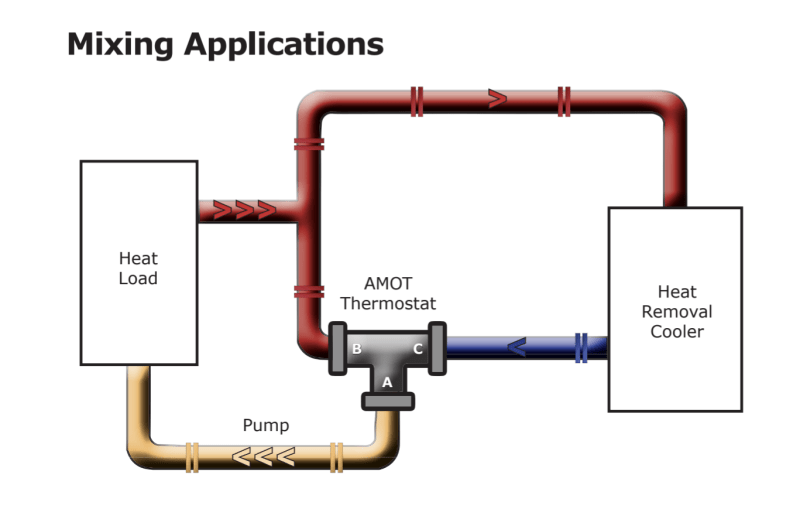Right. So. What happens when you turn the key / press the switch?
Does it:
A: Do absolutely nothing. No sign of any life whatsoever. No clicks from relays, no attempt from the starting motor to rotate the engine.
B: Go "click" from a starting motor relay, but otherwise, no sign of any life whatsoever, no attempt from the starting motor to rotate the engine.
Sub-question: What's the voltage across the supply to the ignition when this happens? Full battery voltage, or reduced? Give me a number for full battery voltage (no attempt being made to start it), and what's the voltage when attempting to press the "start" button?
C. Click from relay and starting motor rotates, but very slowly, well below normal cranking speed.
Sub-question: gimme the voltage across the supply to the ignition circuit when cranking the engine. Same reason as above, "is there enough voltage to operate the ignition and fuel injection systems".
D. Engine cranks with the starter motor at reasonably close to normal operating speed, but there is no sign of attempting to fire.
Sub-question 1: Got spark while cranking?
Sub-question 2: Got fuel being delivered while cranking?
Sub-question 3: How much compression does the engine have? Cranking with throttle held open and all spark plugs removed, gauge measuring compression in one cylinder - check all of them - give me all of the numbers.
What sort of fuel delivery does this engine have? (You haven't even answered whether it is natural gas or propane or LPG or petrol!)
More information ... better answers!

